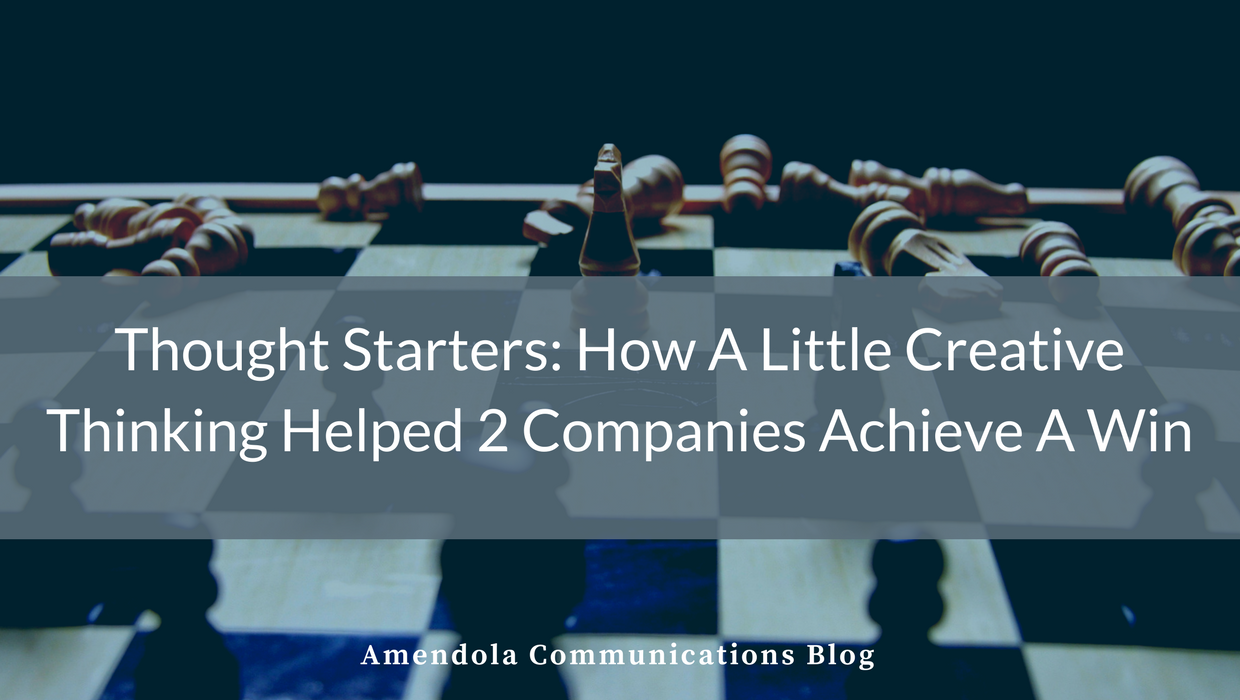Introducing Hackonomics,” the campaign hinged on a report conducted by RAND (sponsored by Juniper) about the hidden economy of the hacker universe. Juniper wanted to take a fresh look at hackers to reveal the motivations and operations of the hacking community. The result was a first-of-its kind economic analysis of the cyber black market and the impact it had on targeted businesses.
Juniper built an integrated campaign that leveraged PR, marketing, government relations, sales and digital and social media. Tactics included webinars, a new website dedicated to the campaign, online ads and social media initiatives. Juniper briefed policymakers, made the report freely available in 10 languages, and distributed it across RAND’s customer base.
Here are two of the most creative elements of the campaign:
- Juniper illustrated the complexity of the hacker market by drawing the comparison to a thriving metropolis, highlighting its interconnectedness. An interactive presentation enabled viewers to see the hierarchical job functions, businesses, schools and even law enforcement roles held by active members of the cyber black market.
- An interactive timeline highlighting notable milestones and hacks over the years was shared with the cybersecurity community ahead of the report’s release to encourage conversation. Brilliantly, Juniper intentionally left key milestones off the timeline, which encouraged community members to contribute their own milestones and share the history of security hacks more broadly among their contacts.
According to Juniper, the campaign nearly doubled its share of voice over a three-month period thanks to 17,000 blog views, 1,250 executive summary downloads, and over 300 global articles, including feature placements in newswires, as well as the Financial Times, Bloomberg, The Wall Street Journal and The Daily Telegraph (UK).
Hijacking the Super Bowl
The second cool PR campaign is one of the most creative and effective uses of a limited budget that I’ve seen. In 2015, Volvo was preparing to launch a new, updated version of its XC car amid slumping sales and stiff competition from larger, more popular brands like Mercedes Benz, BMW and Lexus.
Looking for ways to tap into an affluent, millennial audience, Volvo hit on the upcoming Super Bowl, whose audience fit the mold. But the carmaker’s budget for the product launch was enough for only about one-third of one second of Super Bowl airtime.
Their solution is a textbook example of hijacking the “Volvo Interception” campaign.
While their competitors lined up to buy multi-million dollar ads for the big game, Volvo began using its social channels, other ad buys, and traditional media relations to spread the word about its campaign.
The idea was simple: Every time a competitor’s ad was broadcast during the Super Bowl, viewers using the hashtag #VolvoContest on Twitter could nominate someone to win a one of 5 new Volvo XC60s.
It worked brilliantly. The Interception campaign drove 70 percent year-over-year sales increase for the XC60. That was the highest February boost in the car’s history. The hashtag was tweeted over 55,000 times, more than any other auto-related hashtag.
The Interception campaign achieved great results by capitalizing on other brands, effectively stealing their attention and breaking through the noisiest media day of the year.
Creativity Trumps Relationships
You’ve heard it before: PR is all about relationships. It’s a tired phrase but still true. Success hinges on having a solid working relationship with key journalists, analysts and influencers.
But even more important than relationships is the ability to craft a creative pitch or campaign from a hodgepodge of information about your client their market position and history, competitive differentiators, target audience, audience influencers, budget, and a million other factors.
As the Juniper and Volvo examples show, creativity trumps relationships, and in many cases can even overcome extremely limited budgets.
The examples also illustrate the power of integrated campaigns. Combining social media, traditional media relations, marketing and advertising can exponentially magnify the impact of a good idea.
What great ideas in marketing or PR have you seen?
